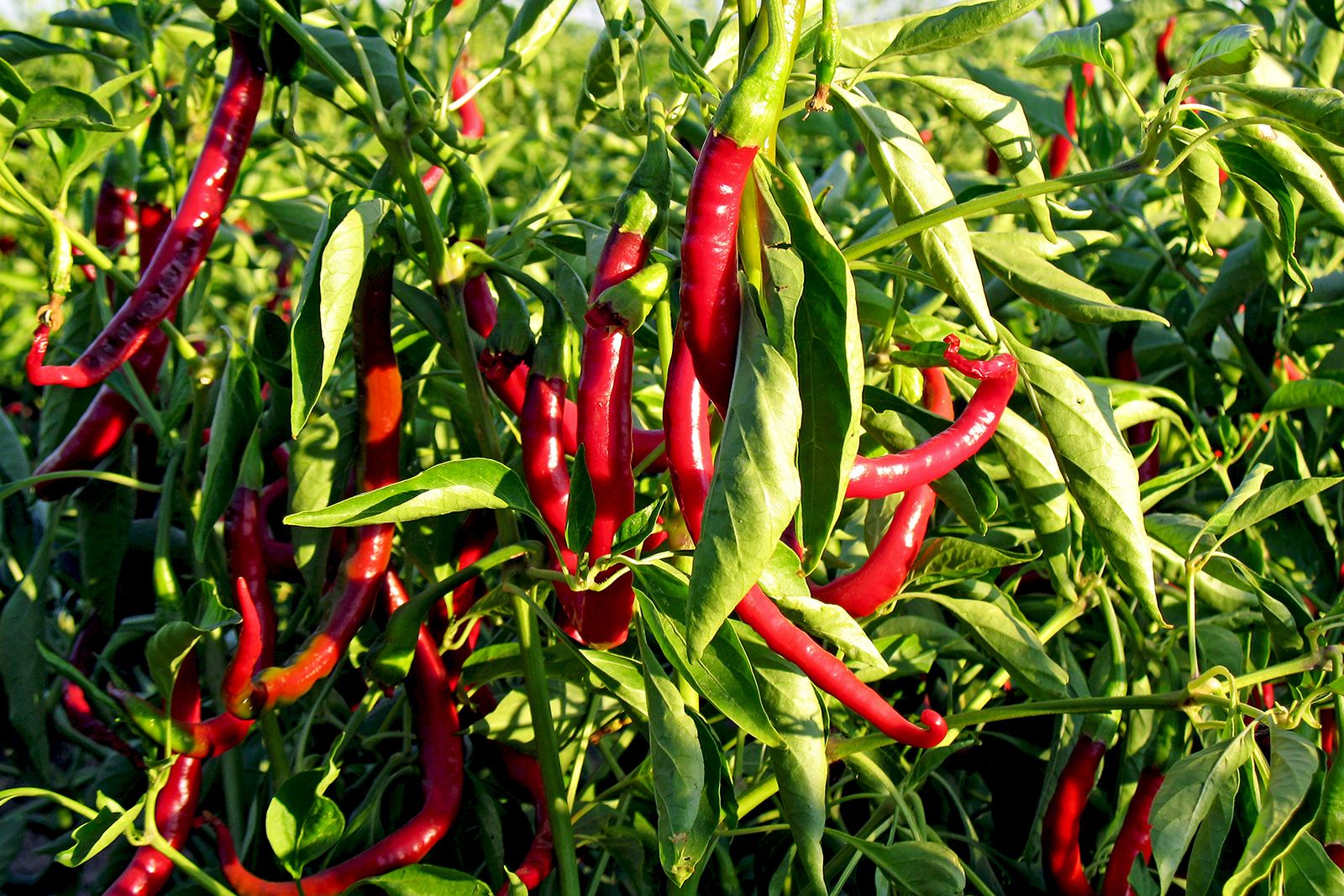
Facts about chilli
As early as 7000 years ago they used chilli in central Mexico. When Christopher Columbus brought the spice to Europe in the 1400's it was valued as highly as silver.
Three quarters of the world's population eat chilli every day. Chilli is growing and grown in the warmer parts of the world, especially in South America, where the popular spice has its roots. The fruit belongs to the capsicum (as well as tomato and tobacco included in the potato family) and through the centuries conquered the world. It is used not only as a vegetable and spice, but also as medicine, weapons and symbol.
More than one condiment
Chilli has long been regarded as one of the world's best natural medicines. It does boost endorphins in the body, increases metabolism, and has high values of A and Vitamin C. Chilli is additionally a strong antioxidant and seems vasodilator which is good for people such as angina.
The good capsaicin
Capsaicin is the "active" ingredient of chilli which possesses all of the beneficial properties previously described. It is strong, a whole 160 times stronger than the strongest substance in black pepper (piperine). Capsaicin is included in some drugs and is also an important ingredient in liniments and ointments for rheumatism.
The quality and strength of chilli
Important quality parameters are moisture content, colour, flavour and strength of heat. The strength is measured in Scoville units. While the peppers have strength level 0, the Habanero goes up to 300000. The world's hottest chilli (something that changes quite often as passionate chilli enthusiasts cross-breed new varieties) is called Carolina reaper and has about 1.5 M Scoville units compared to pure capsaicin that has about 16 M. The Carolina reaper beats the Bhut Jolokia, which was long considered to be the strongest chilli. It has a value of 1,041,427 scoville degrees.
Habanero: 300,000 Scoville
Piri Piri: 150000 Scoville
Chilli Jalapeño Pepper: 30000 Scoville
Cayenne Pepper: 20000 Scoville
Red Hot Chilli Peppers: 15000 Scoville
Chilli Pepper: 1500 Scoville
Ancho Chilli Style: 1000 Scoville
Paprika: 0 Scoville
To Europe with Columbus
We have Christopher Columbus to thank for chilli since he brought the chilli pepper to Europe at the end of the 1400s in the belief that it was pepper. For centuries, chilli since spread like wildfire and became part of the Indian, African and Asian cuisines. Generally, the milder and sweeter spices such as peppers and hot pepper are used and grown in Europe. While the hotter varieties such as the Habanero and the Piri Piri, are found in South America, Asia and Africa.
Santa Maria UK Ltd ∙ Nimbus House, Maidstone Road ∙ Kingston, Milton Keynes, Bucks, MK10 0BD ∙ Telephone numbers: UK careline: 01908 933109 ∙ ROI: 1800 577 449